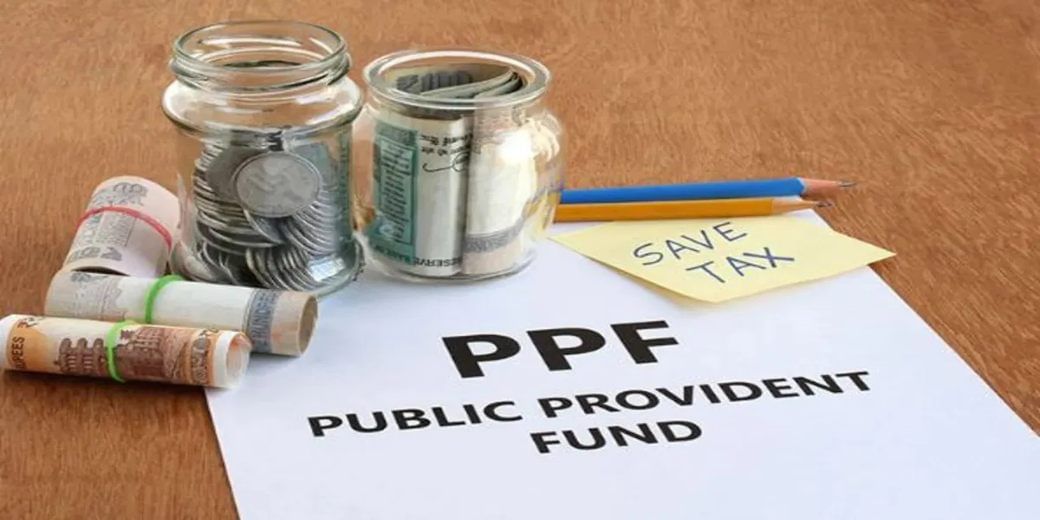PPF – For whom is this investment scheme right?
The special thing about investments like PPF is that your money is not invested in the equity market but is deposited in a bank or post office and you get returns according to the interest rate fixed by the government
- Devendra Sharma
- Last Updated : June 5, 2024, 16:22 IST

Public Provident Fund is a popular savings and investment scheme. It is attarctive as you can save tax on the investment and also on the returns. Let’s see how the scheme works.
If you keep investing Rs 12,500 every month, how much money will you be able to save in the 15-year tenure of PPF?
The special thing about investments like PPF is that your money is not invested in the equity market but is deposited in a bank or post office and you get returns according to the interest rate fixed by the government. The interest that accrues is added to the principal amount and then you get interest on it, that is, PPF also helps you earn interest on interest.
First of all, let us understand in detail what is PPF?
PPF is a government small savings scheme with fixed returns. This is a 15-year scheme which comes under the category of exempt, exempt, exempt category, which means the investment, the returns and withdrawal are all tax free. Under Section 80C of Income Tax, you get tax exemption on investments up to Rs 1.5 lakh annually. The interest received on this is not taxable and the entire maturity amount along with the interest is also tax free. Being a government scheme, there is no risk in this investment.
Now let’s know how to open an account and how much can be invested. PPF account can be opened in a post office or bank. A minimum of Rs 500 and a maximum of Rs 1.5 lakh can be invested in this account in a year. Currently, 7.1 percent interest is being given annually on PPF. The scheme gives compounding interest, i.e. the interest amount keeps getting added to the investment and interest is received on interest.
PPF account can also be opened online. The government reviews the interest on small savings scheme every quarter. PPF account matures in 15 years and after the completion of 15 years, it can be extended by 5 years each. The longer the investment is made, the faster the money will grow.
Let us understand how the magic of compounding works in this investment with an example . Suppose Sachin invests Rs 12,500 every month in PPF from the age of 30. The investment amount will become Rs 1.5 lakh in one year. If Sachin continues to invest this amount for 15 years, then he will invest Rs 22.50 lakh. At the time of maturity, he will get Rs 18.18 lakh interest on this amount. This way, a total of Rs 40.68 lakh will get accumulated. Now there are two options. Either Sachin withdraws this money or extends this investment for 5 years. If Sachin extends this investment for 5 years, then at the time of maturity, his investment amount will double. According to this, in 20 years, Sachin will invest Rs 30 lakh, he will get Rs 36.48 lakh interest on this amount. At maturity, his investment amount will be Rs 66.48 lakh. If Sachin extends his investment for another 10 years, his investment amount will be Rs 45 lakhs and he will get an interest of Rs 1.09 crore on this investment. The total then on maturity will become Rs 1.54 crore.
At the age of 30, Sachin started investing in PPF, deposited Rs 40.68 lakhs at the age of 45, then at the age of 50, he was able to deposit Rs 66.48 lakhs and by the age of 60, he became the owner of Rs 1.54 crores. He invested only Rs 45 lakhs and earned a return of more than 1 crore on it. This is the magic of PPF.
Keep in mind, all these calculations are estimated based on the current interest rate. The returns and maturity amount may increase or decrease if interest rates change.
Overall, PPF can be a great way to become a millionaire through small monthly savings if you keep investing in it with discipline.
Download Money9 App for the latest updates on Personal Finance.
Related
- मैक्सिको के 50 फीसदी टैरिफ पर सरकार ने शुरू की बातचीत; जल्द समाधान की उम्मीद
- इंडो- US ट्रेड डील में पहले हट सकती है पेनाल्टी, रिपोर्ट में दावा
- रुपये ने फिर बनाया ऑल टाइम लो, जानें क्या है वजह
- बैंक कस्टमर के लिए बड़ी खबर, RBI हटाएगा ओवरलैप फीस,
- मैक्सिको ने अपनाई US जैसी पॉलिसी, 1400 से ज्यादा प्रोडक्ट लगाया भारी टैरिफ
- SpiceJet विंटर सीजन में जोड़ेगी 100 नई फ्लाइट्स! Indigo के कटे रूट्स का करेंगी भरपाई

